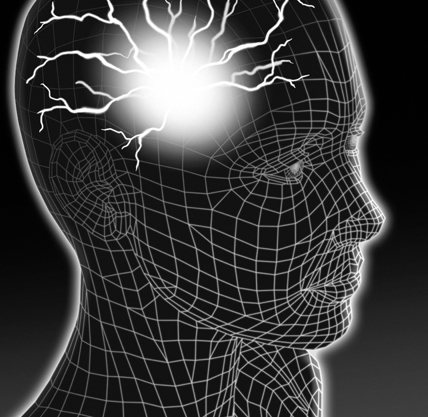A 25-year-old man recovering from a coma has made remarkable progress following a treatment to “jump-start” his brain using ultrasound, University of California, Los Angeles (UCLA) doctors say.
The technique uses sonic stimulation to excite the neurons in the thalamus, an egg-shaped structure that serves as the brain’s central hub for processing information.
“It’s almost as if we were jump-starting the neurons back into function,” UCLA psychology and neurosurgery expert Martin Monti said.
“Until now, the only way to achieve this was a risky surgical procedure known as deep brain stimulation, in which electrodes are implanted directly inside the thalamus.
“Our approach directly targets the thalamus but is non-invasive.”
Professor Monti said the researchers expected the positive result, but cautioned that the procedure required further study on additional patients before they determined whether it could be used consistently to help other people recovering from comas.
“It is possible that we were just very lucky and happened to have stimulated the patient just as he was spontaneously recovering,” Professor Monti said.
A report on the treatment is published in the journal Brain Stimulation. This was believed the first time the approach has been used to treat severe brain injury.
Acoustic energy ‘excites’ brain tissue
The ultrasound device, about the size of a coffee cup saucer, creates a small sphere of acoustic energy that can be aimed at different regions of the brain to excite brain tissue.
Professor Monti said the device was safe because it emitted only a small amount of energy — less than a conventional Doppler ultrasound.
Before the procedure began, the man showed only minimal signs of being conscious and of understanding speech — for example, he could perform small, limited movements when asked.
By the day after the treatment, his responses had improved measurably.
Three days later, the patient had regained full consciousness and full language comprehension, and he could reliably communicate by nodding his head “yes” or shaking his head “no”.
He even made a fist-bump gesture to say goodbye to one of his doctors.
“The changes were remarkable,” Professor Monti said.
The technique targets the thalamus because, in people whose mental function is deeply impaired after a coma, thalamus performance is typically diminished.
Medications that are commonly prescribed to people who are coming out of a coma target the thalamus only indirectly.
The researchers plan to test the procedure on several more people beginning in the Northern Hemisphere autumn.
If the technology helps other people recovering from coma, Professor Monti said, it could eventually be used to build a portable device — perhaps incorporated into a helmet — as a low-cost way to help “wake up” patients, perhaps even those who are in a vegetative or minimally conscious state.
Currently, there is almost no effective treatment for such patients, he said.
